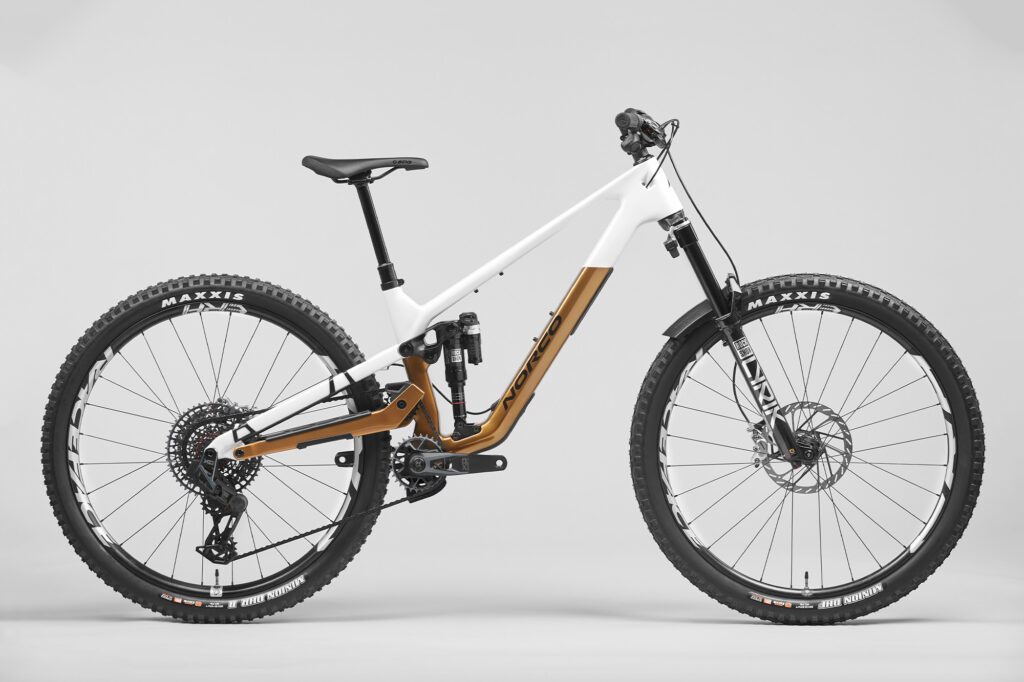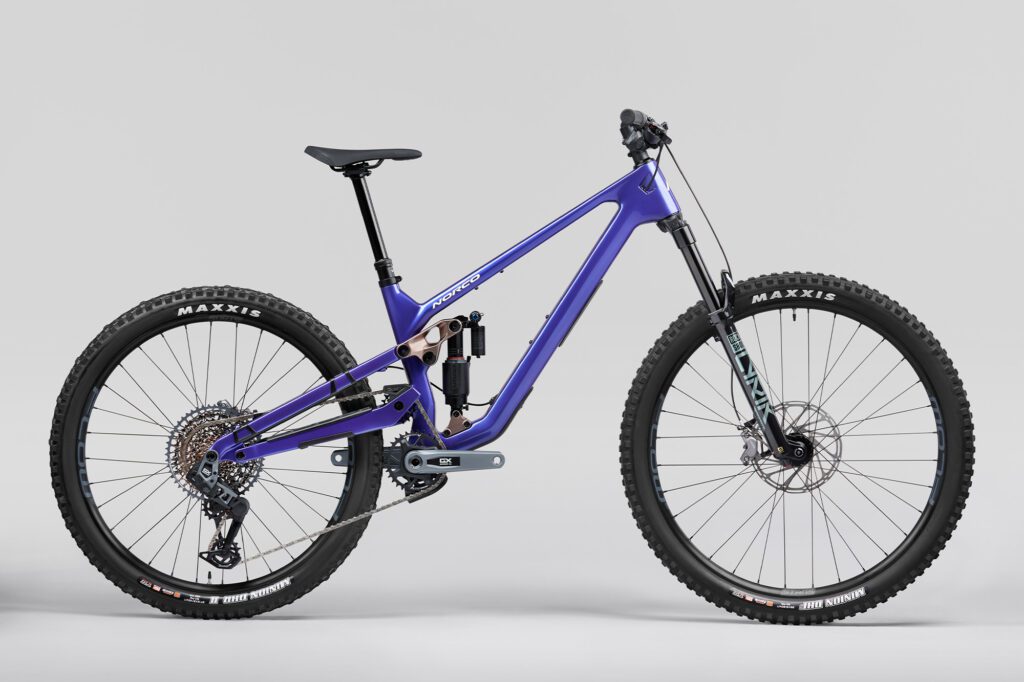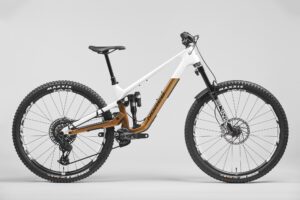Inbox: Five new trail bikes and what they say about the state of mountain biking
From user friendly fun bikes to high-tech super machines
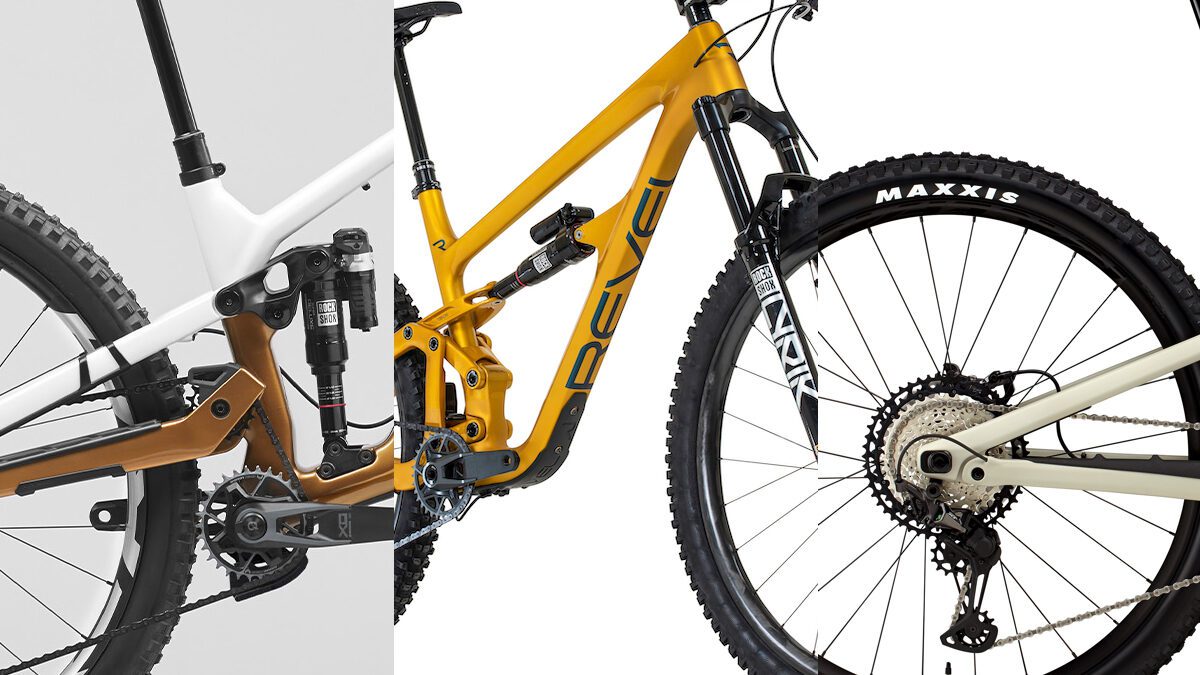
XC bikes are XC bikes. DH bikes are DH bike. Enduro bikes are … their own thing. Between is the vast wilderness of bikes not designed for the demands of any race. Mountain bikes designed to, well, explore the vast wildernesses, I.e. trail bikes.
What a trail bike looks like, though, always seems to be changing. Here are five trail bikes released in the last few weeks that all have a very different idea of what mountain biking can be, and different ways of facilitating that idea for riders.
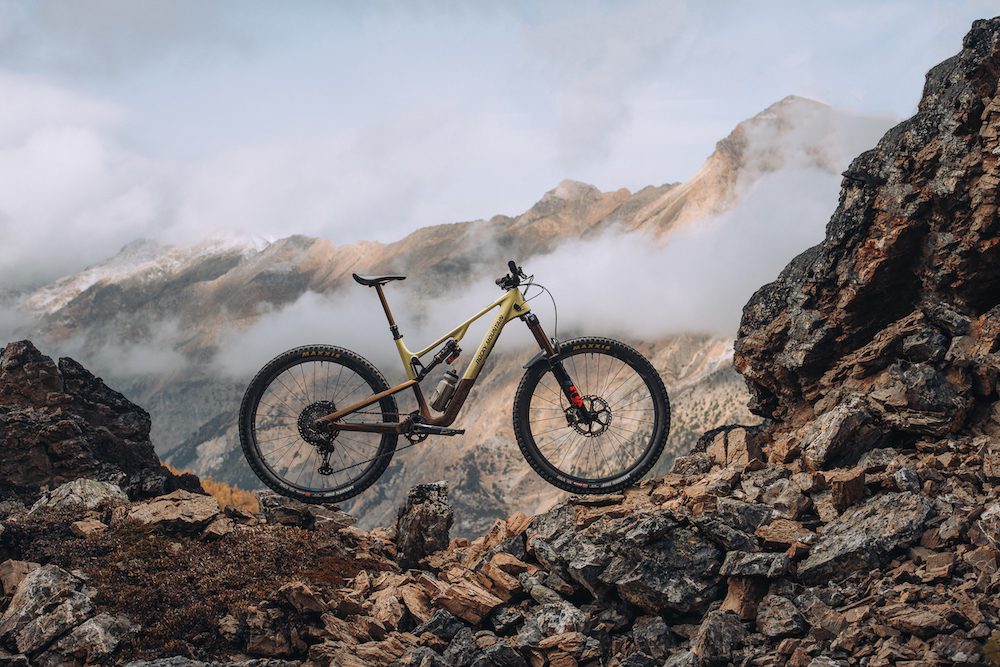
Rocky Mountain Instinct
Instead of exploring some new, more specific niche of mountain biking, Rocky Mountain worked to make its Instinct appeal to more people. There’s a wide range of adjustments, to geometry and suspension available to help rider’s make this bike their own. Which makes sense, right? Why try make one design work for the wide, wide world of trails? Why not let individual riders tweak a core design to make it work better for them?
Rocky Mountain joins several brands moving in this direction of building in space for riders to experiment and tweak bike design. It replaces halfway fixes like angle-sets and aftermarket linkages that may, or may not have worked the way the brand intended (and often voided warranties). My preference in personal bikes has always leaned towards having one bike that could do more things, both for practical and financial reasons, so I’m happy to see more brands adding features that put riders in the driver’s seat, so one bike works for more riders and more uses.
First Impressions: Rocky Mountain Instinct evolves closer to ideal
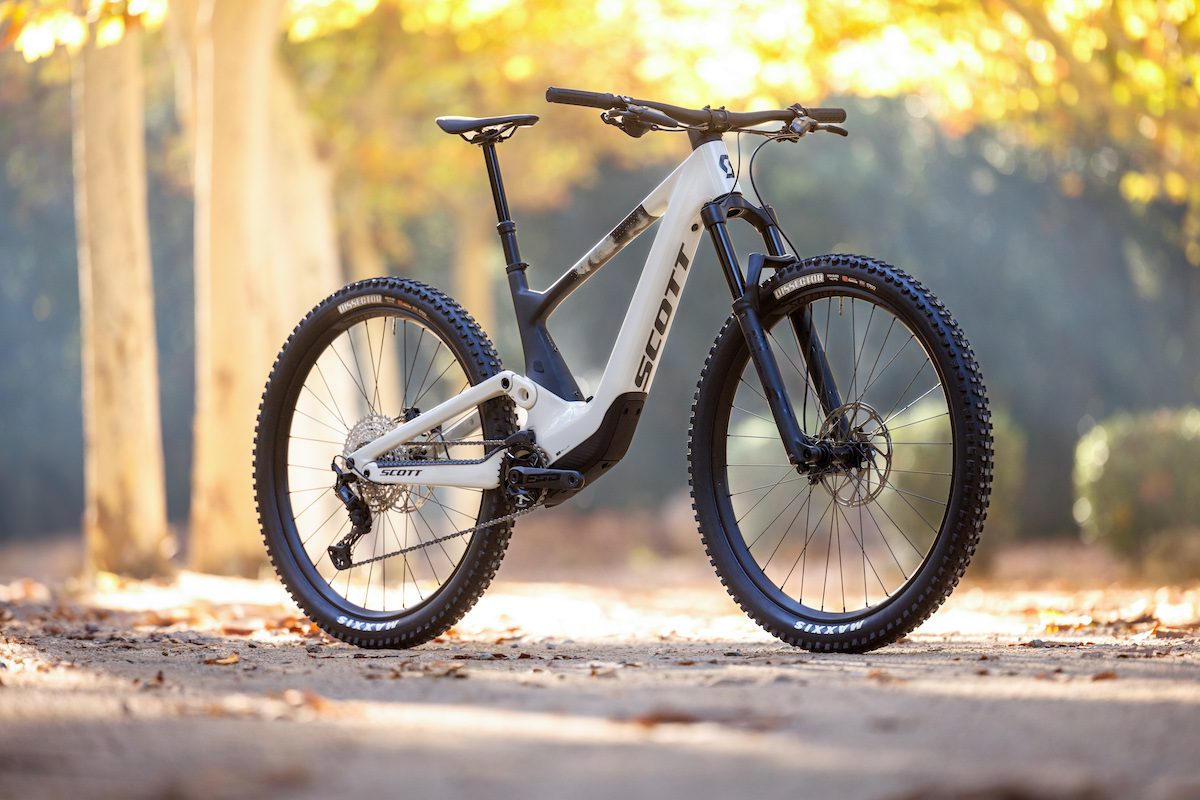
Scott Voltage eRide
While adjustability is one trend, integration is another. Scott takes integration to extremes with its hidden rear shock. The brand is also pushing the electric market. With the Voltage eRide, electricity runs together with integration for a sleek-looking trail eMTB.
integrationElectronic continues to evolve so rapidly that current owners should have to write a thank-you note to early adopters when they buy their bike. Look at the Voltage eRide. Reasonable weight. Clean, sleek design that looks similar to the new Ransom, but with an assist. Scott opts for a reasonable level of power instead of mini-moto style. This growing segment of eMTB actually translates to how many people ride the trail, instead of just being a boost shuttle bros who don’t have a truck. That power comes via the TQ HPR50 drive system, giving a 50 Nm boost to the Voltage.
With sleek, innovative carbon frame neatly hiding headset cable routing, hiding the shock, hiding the tiny motor and its power supply, and 155mm of travel, the Voltage eRide shows that eMTB and trail bikes are only going to get more similar going forward.
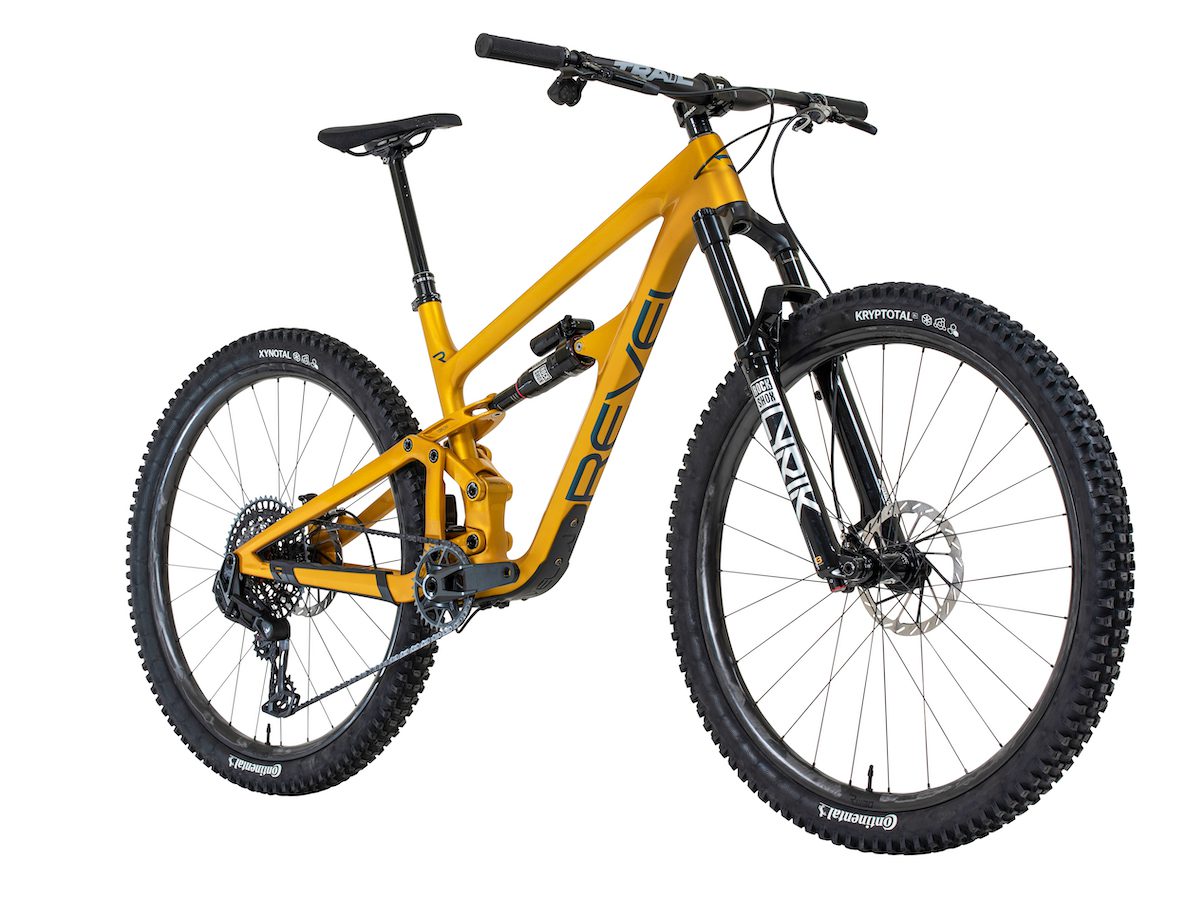
Revel Rascal V2
Colorado’s Revel Bikes, with its Rascal V2, shows that trail bikes don’t have to be complicated, extreme, or loaded with crazy features to be really good bikes. It’s a simple trail bike made well. Its CFB suspension linkage elevates the Rascal above a single-pivot design, but otherwise it’s a straight-shooting, simple fun bike. Geometry numbers are balanced and proven, with a middle-of-the-road 65-degree HTA, instead of chasing the bleeding edge of “progressive” and Revel focused on dropping weight off the frame to keep it light, simple and fun, not adding more features. Simple doesn’t just make maintenance easier and cheaper. It can have a positive impact on how the bike rides by making the frame itself lighter. It is a good reminder that a lighter bike is also a performance benefit, and can change how a bike rides as much as a fancy suspension lay-out can.
Norco Optic and Sight VPSHP
Near the opposite end of the trail bike spectrum are Norco’s twin releases, the new Optic and Sight. Both use the brand’s new Virtual Pivot Suspension High Pivot frame design. That combines a VPS suspension design with a high pivot (and accompanying idler) design for a high-tech approach to trail bike design. The two bikes, one a 125-mm rear/140-mm fork, the other 150mm rear/160-mm front, promise to make the type of top-end suspension usually reserved for race bikes available to everyone and. with the Optic, on a wider range of bikes. Add in RockShox’ new Flight Attendant on the top end models and you have a trail bike intent on pushing the envelope of what’s possible with a trail bike.
These are the fourth and fifth high pivot bikes sliding into Norco’s line up (joining the current prototype DH bike, Shore and Range) and that pretty much sounds the bell for the industry reaching peak high pivot hype. High pivot is, of course, all the rage. Trek, Devinci, Deviate and more all have adopted idlers in the pursuit of better suspension performance. But, with the Optic, Norco extends that hype further from its pure gravity origins. Previously, Forbidden Bike Co. on Vancouver Island had pioneered the short travel high pivot bike with its Druid, a well-received bike now in its second generation. But there’s a difference between a boutique brand offering a bike and a sizeable brand like Norco offering a short travel high pivot bike. Norco’s Optic and Sight come in a complete, and extensive, line of alloy and aluminum frames.
No matter who is making them, these are still more specialized, niche bikes with huge performance benefits, but also some drawbacks (they’re heavier, more complicated and require more maintenance). The two new Norco’s look sleek, well designed and carry the brands features, like Ride Aligned set up assistant, size-specific geometry and more, over from existing models. It’s a big step to offer two more high pivot bikes, but it looks like a solid step and, with the Canadian brand’s recent success, one taken from solid footing.
